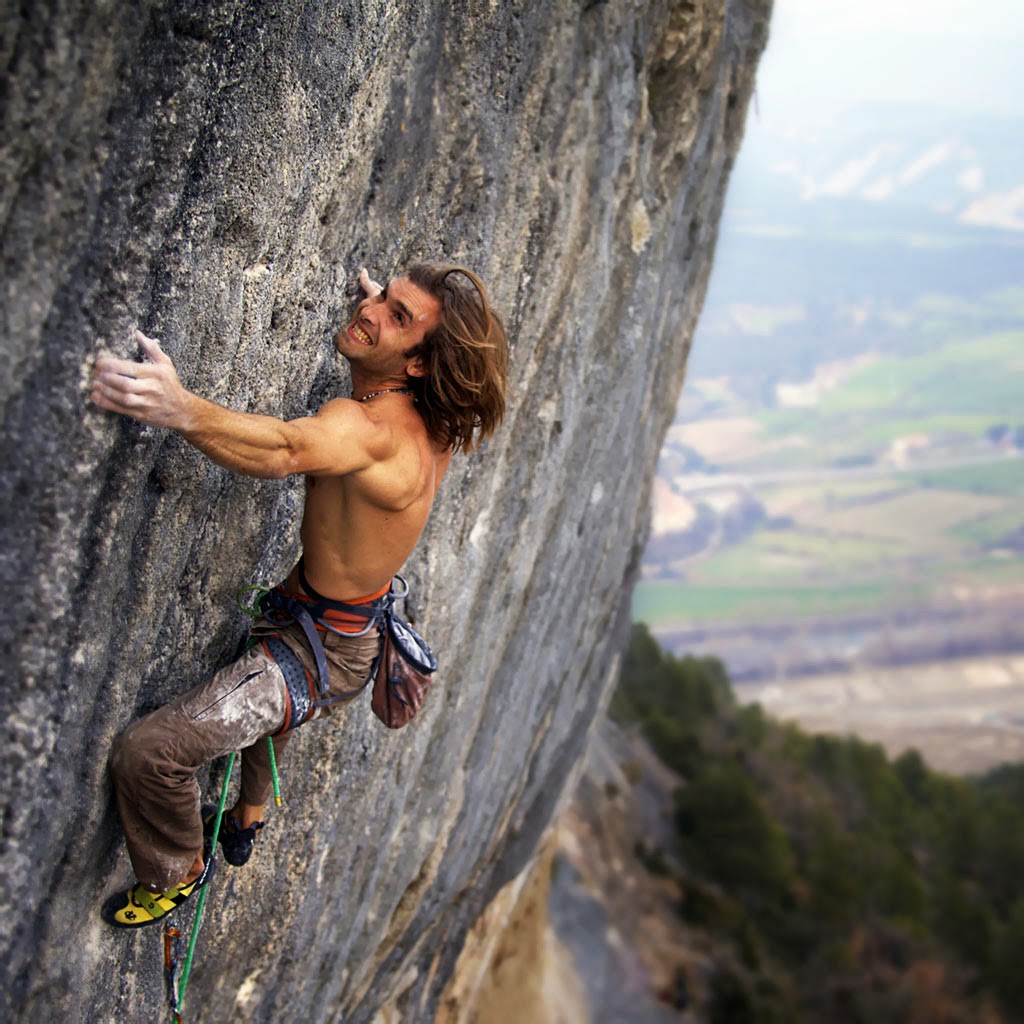Ok enough of the flashy, beach muscle exercises, its time to start doing some real work and break away from the crowds of hunched shoulders and bad backs. This exercise is deceptively difficult when performed correctly and has created some fantastic quotes because of this but will help to develop better posture and stability though the shoulders, hips and core.
"I had to squeeze so hard I thought I was going to crap a Diamond"
Our last instalment
 of the back to basics series focused on the essential gymnastics body position, the hollow body. The hollow body directs attention to creating mid line and spinal stability through engaging the front side of the torso i.e. the Abdominal, transverse abdominis etc
of the back to basics series focused on the essential gymnastics body position, the hollow body. The hollow body directs attention to creating mid line and spinal stability through engaging the front side of the torso i.e. the Abdominal, transverse abdominis etcIn order to create balance
 throughout the musculature we must consider the other side of the coin. Today we are going to look at spinal stability and strengthening of the posterior chain i.e. Gluteus, Erectors spinae, Hamstrings etc
throughout the musculature we must consider the other side of the coin. Today we are going to look at spinal stability and strengthening of the posterior chain i.e. Gluteus, Erectors spinae, Hamstrings etcThe Arch hold is the direct opposite of the hollow body position that appears simple but its the details in the execution that you must focus on to get every last drop of goodness out of this progression to lay a foundation solid enough to build a skyscraper on.
The Arch Body Hold
Aim: Build up to 60 second holds for all sets
Equipment
Floor space
Execution
Basics
- Lay face down on the ground with your arms over your head and legs together
- squeeze the gluteus tightly, pull the belly button into the spine, lift the legs and shoulders off the ground
- keep the legs squeezed tightly together and toes pointed
- keep the head neutral and arms reaching up pressing the biceps to the ears
note: the arms can be placed by the sides off the floor to scale this exercise if necessary
Tilt the pelvis: Tilting the pelvis backwards (anterior pelvic tilt) is a key detail you can practise by lying face down on the floor and pushing your butt up without moving anything else. This should make the hip bones press into the floor so you can recognise the pelvis tilting forwards.
Keep tight: Keep everything in the body as tight as possible to begin with. As you gain more control over your body you will be able to identify what muscle need to contract the hardest and what can be held less tense but start as tight as possible. pulling the belly button in towards the spine as much as possible ( It helps to visualize the spine being shrink wrapped by all the muscle of the core), keep the ribcage flat and squeeze the gluteus hard.
Keep the legs together: As well as tight gluteus, keep the legs tight together. If you are having trouble with this place a light object between the feet i.e. yoga block, rolled up towel etc, to help with visual feedback.
Now lets find a little floor space and start making your own diamonds ;)






